Features > Property News & Insights > Market updates
Weak home approvals and apartment costs doom housing targets
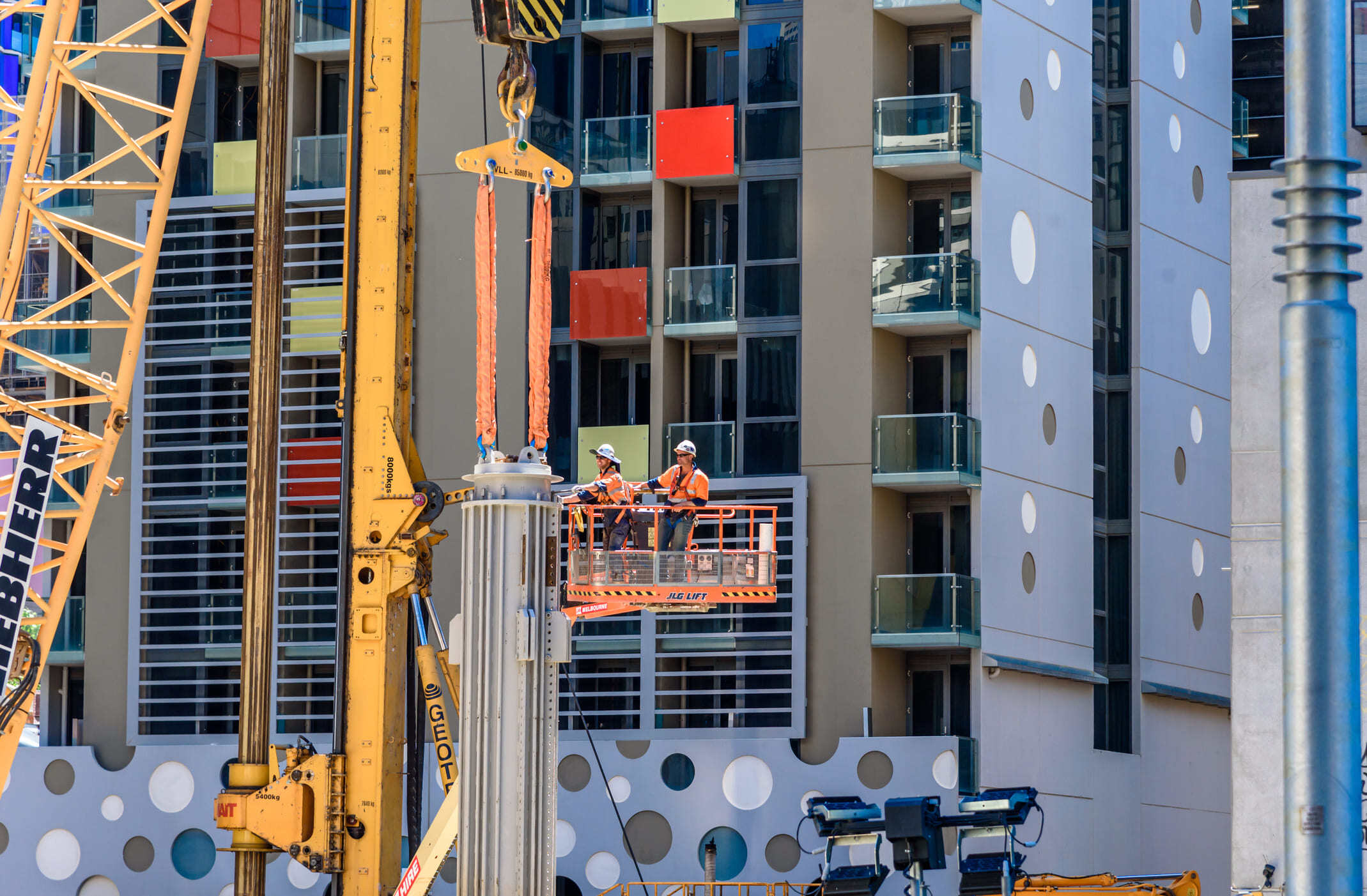
KEY POINTS
- Latest dwelling approvals show Australia lagging behind housing targets, with only 16,606 homes approved in February 2025 – over 20% below the monthly goal of 20,000
- Approvals for high-rise apartments fell 7.2% in February, highlighting the challenges in delivering affordable high-density housing
- At the same time, the average asking price for new apartments has blown out 34% in a year due to rising costs, labour shortages and changing buyer preferences
New dwelling approvals data from the Australian Bureau of Statistics show the nation continues to fall spectacularly short of the number of homes it needs to build to keep up with population growth, let alone meet the Federal government’s ambitious housing targets.
The data come as new figures from building consultancy Urbis show the cost of new apartments blew out by an astonishing 24% in the last quarter of 2024 to a new record.
The explosion in apartment selling prices is concerning, as analysts say the only way Australia can meet its housing targets is by building more apartments and encouraging greater density in our capital cities.
Dwelling approvals
The Bureau of Statistics says in February 2025 the total number of homes approved to be built fell 0.3%, to 16,606, on a seasonally adjusted basis.
Houses approvals rose 1.0%, to 9,203, while the category known as “private sector dwellings excluding houses”, which includes apartments and townhouses, fell 1.5%, to 7,113.
Analysts, like independent housing economist Cameron Kusher, have tried to find some silver lining in the gloomy figures.
“Over the 12 months to Feb 2025, 178,578 dwellings were approved for construction which was the greatest annual volume since May 2023 and +8.4% higher over the year,” he says.
However, he tempers that optimism with a dose of reality.
“Despite the uplift in annual approvals which is encouraging, approvals continue to be well behind what is required to deliver 240,000 new dwellings each year, more than 60,000 below the target and more likely 70,000 to 80,000 below what needs to be approved to ensure 240,000 dwellings are built.”
Under the National Housing Accord, agreed between the Federal and state governments, unions and the building industry, 1.2 million homes are meant to be built over a 5 year period which began on the 1st of July last year.
To have any hope of meeting that target, 240,000 homes, on average, would have to be approved - roughly 20,000 a month.
However, we’re talking about approvals, not actual builds.
“It is important to note that merely being approved for construction does not guarantee that the home will be built,” says Leith Van Onselen, the Chief Economist at the MB Fund and MB Super and the co-founder of Macrobusiness.
“Over the history of the ABS’ dwelling construction series, 6% more dwellings have been approved for construction than were completed.
“As a result, Australia’s rate of housing construction is likely lagging even further behind the Housing Accord’s target.”
Mr Van Onselen, a constant critic of high immigration, believes home approvals and completions data also need to be viewed against Australia’s population, where overseas migration drives more than 80% of the growth.
“The latest federal budget, released last week, projected that Australia’s population would grow by 1.8 million people over the next five years,” he says.
“Policymakers cannot expect to solve the housing shortage by importing hundreds of thousands of extra demand into the market every single year.”
Apartment costs
The uninspiring dwelling approvals figures come as building consultancy Urbis has released its latest Apartment Essentials National Snapshot report, which looks at data from the last quarter of 2024.
It shows asking prices for new apartments recorded the highest quarter-on-quarter growth in the past five years, with the average price per square metre surpassing $19,000.
That’s an astonishing 24% increase on the previous quarter and a 34% rise in 12 months.
Urbis says the big leap in asking prices came because “developers faced higher construction costs, labour shortages, and a shift in buyer preferences towards owner-occupier (not investment) grade stock.”
One of the big drivers was sales for off-the-plan projects in Brisbane - a city where the apartment market is chronically undersupplied - where square metre rates exceeded $23,000, up 33% on the previous quarter.
Melbourne apartment developer Maxwell Shifman says the average $19,000 per square meter figure for new apartments translates into costs of:
- 1 bedroom apartments at $950k (50m2)
- 2 bedroom apartments at $1.3m (70m2)
- 3 bedroom apartments for $1.7m (90m2)
“Hardly what you would deem affordable, and certainly not when compared to the alternatives,” he says.
“It is almost impossible to materially reduce costs on new builds to the point where they become attainable to the lower and mid-markets.”
These lower and mid-priced apartments are precisely the type of builds that the Federal and state governments are hoping will carry the bulk of the load in helping Australia reach the 1.2 million homes target.
However, it’s clear something drastic will have to change to encourage developers to actually build these cheaper apartments and still be confident they won’t make a huge loss on a project.
The February dwelling approvals figures clearly demonstrate the problem with the feasibility of high-density housing projects.
There were 4,077 approvals for apartments in a block of four or more-storeys, which was down 7.2% over the month and down 7.2% over the past year.
“In order to deliver more housing, we’re going to need more apartments; however, the viability of these new projects remains a challenge,” independent housing economist Cameron Kusher says.
“Furthermore, with the Housing Accord now having less than 4.5 years to run, larger approvals in particular from here on in run the risk of not being completed within the timeframe.
“In my view, the Housing Accord target is unachievable but the most viable way to deliver more housing sooner is going to be more houses and more medium-density housing.”
Stay Up to Date
with the Latest Australian Property News, Insights & Education.




.png?width=292&height=292&name=Copy%20Link%20(1).png)
 SIGN UP FOR FREE NEWSLETTER
SIGN UP FOR FREE NEWSLETTER
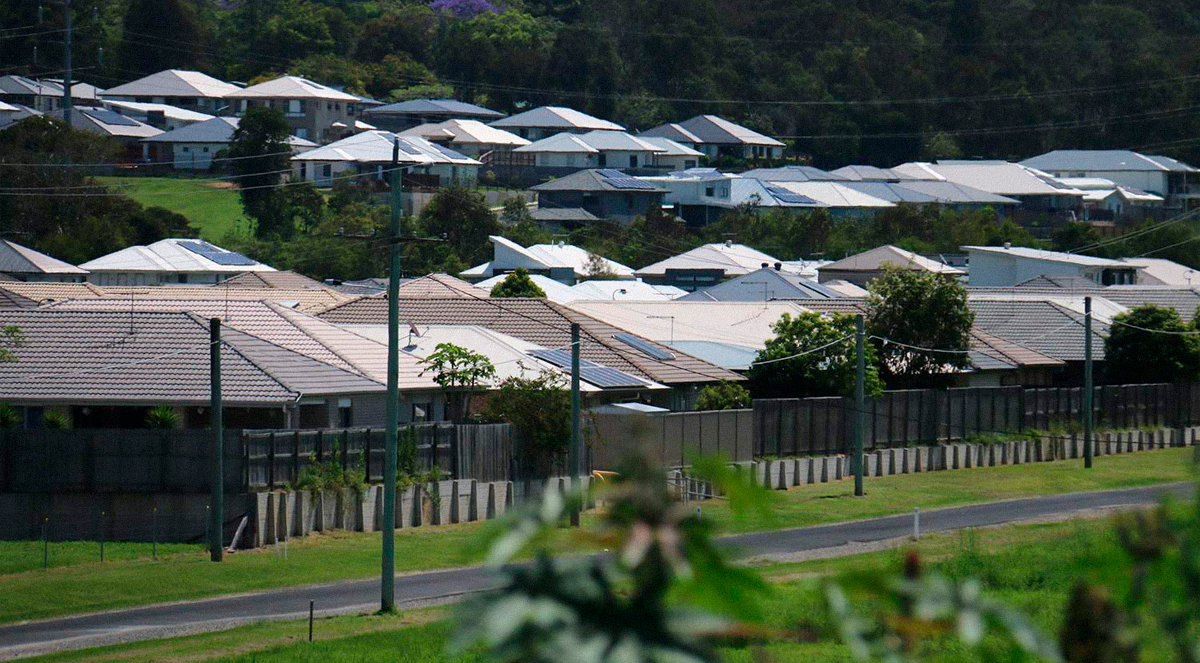
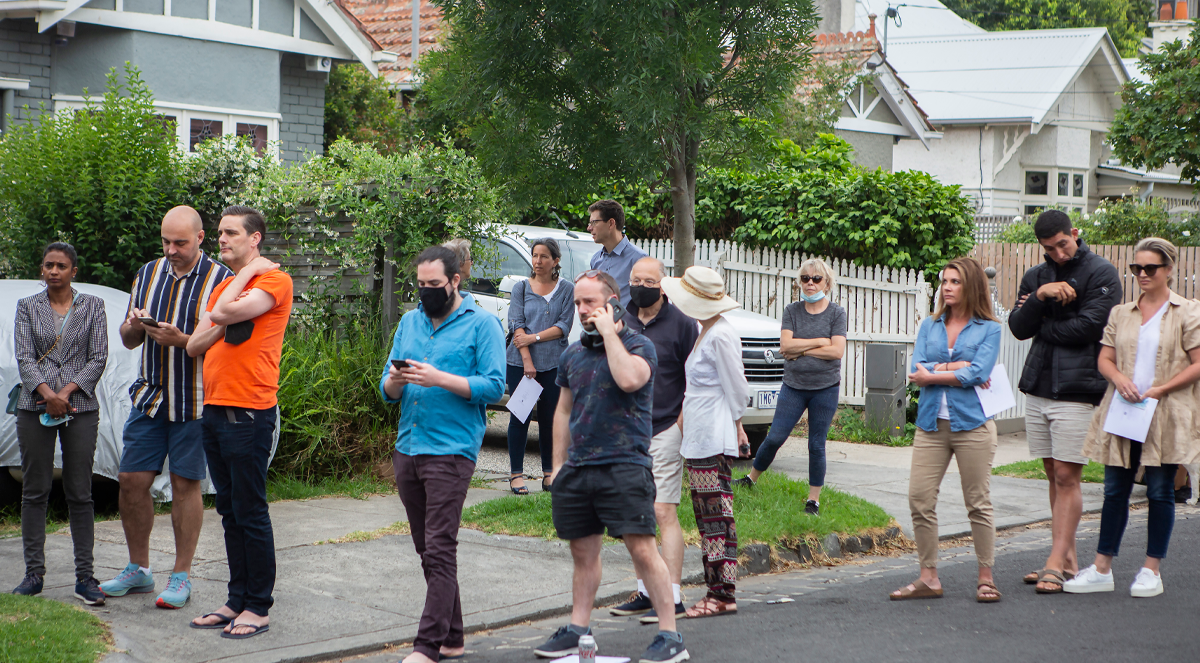
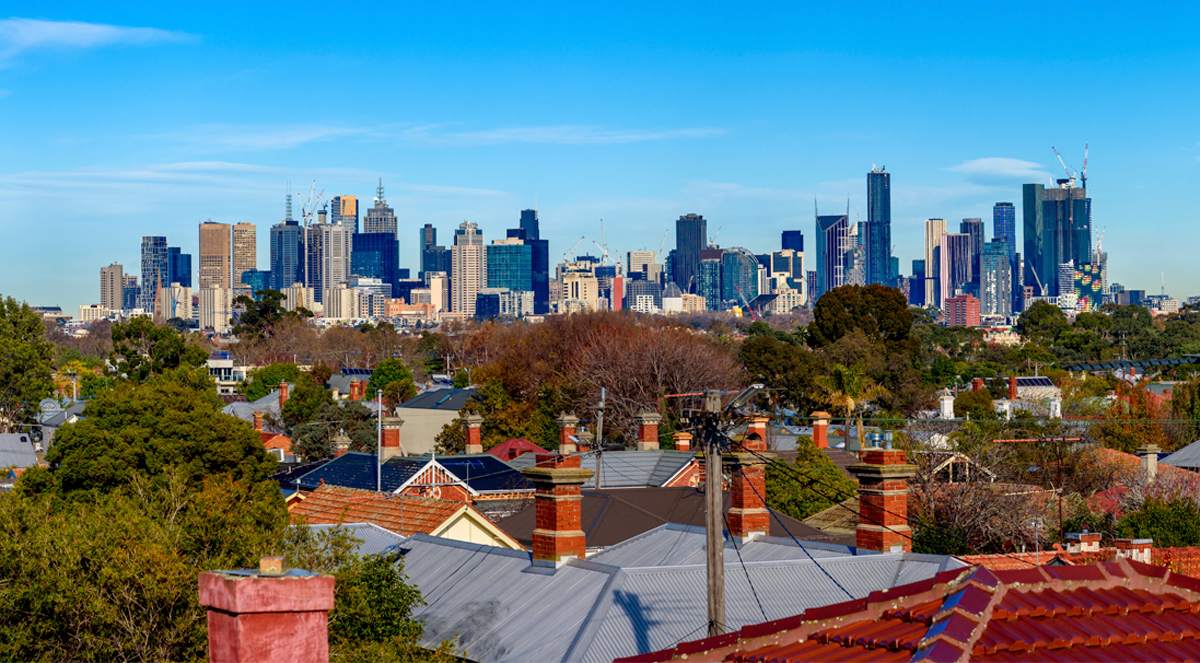
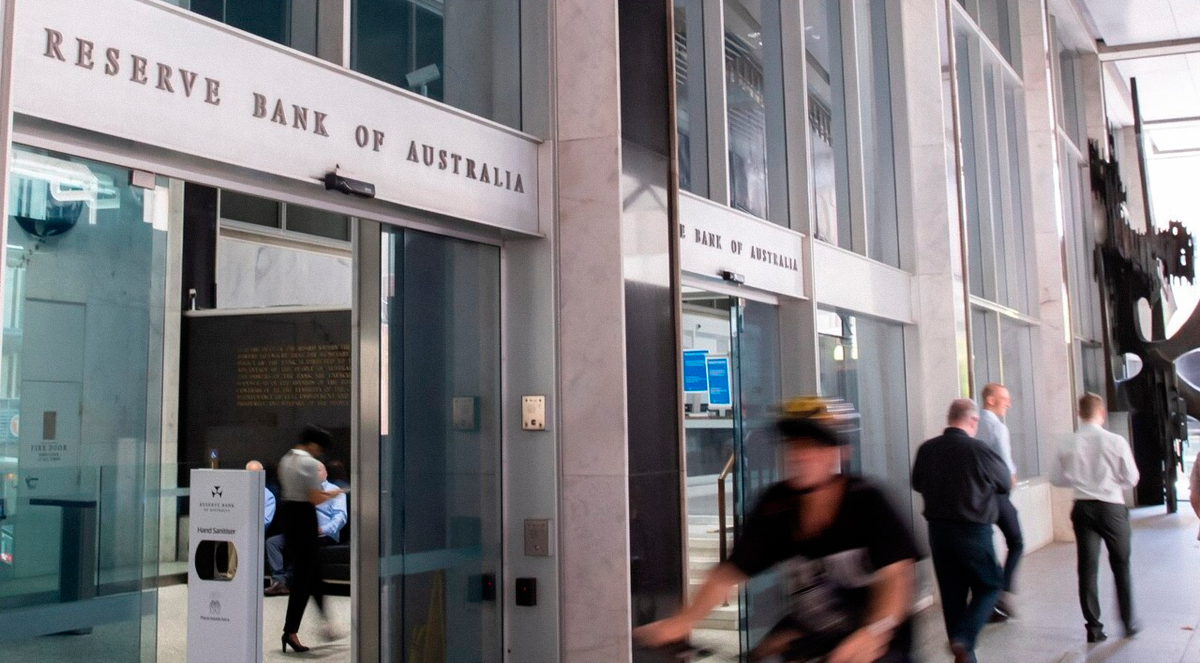

.jpg?width=1920&height=1080&name=Warning%2c%20You%20Might%20Be%20Facing%20Higher%20Taxes%20Soon%20(1).jpg)





.png?width=1920&height=1080&name=Rate%20Drops%20Signal%20BIGGEST%20Property%20Boom%20in%20DECADES%20(1).png)

.jpg?width=1920&height=1080&name=Labor%20vs%20Liberal%20These%20Housing%20Policies%20Could%20Change%20the%20Property%20Market%20Forever%20(1).jpg)
.jpg?width=1920&height=1080&name=QLD%20Slashes%20Stamp%20Duty%20Big%20News%20for%20Investors%20%26%20Home%20Buyers%20(1).jpg)
.jpg?width=1920&height=1080&name=Trump%20Just%20Slapped%20Tariffs%20%E2%80%93%20Here%E2%80%99s%20What%20It%20Means%20for%20Australia%20(1).jpg)
.jpg?width=1920&height=1080&name=Federal%20Budget%202025%20More%20Debt%2c%20No%20Housing%20%E2%80%93%20Here%E2%80%99s%20What%20You%20Need%20to%20Know%20(1).jpg)
.jpg?width=1920&height=1080&name=Australias%20Housing%20Crisis%20is%20about%20to%20get%20MUCH%20Worse%20(New%20Data%20Warns).jpg)
%20(1).jpg?width=1920&height=1080&name=Australias%20RENTAL%20CRISIS%20Hits%20ROCK%20BOTTOM!%20(2025%20Update)%20(1).jpg)
%20(1).png?width=1920&height=1080&name=Is%20Adelaide%20Still%20a%20Good%20Property%20Investment%20(2025%20UPDATE)%20(1).png)
.jpg?width=1920&height=1080&name=RBA%20Shocks%20with%20Rate%20Cuts!%20What%E2%80%99s%20Next%20for%20Property%20Investors%20(1).jpg)
%20(1).jpg?width=1920&height=1080&name=I%20Predict%20The%20Feb%20Rate%20Cut%20(My%20Price%20Growth%20Prediction)%20(1).jpg)
.png?width=1920&height=1080&name=Why%20Property%20Prices%20Will%20Rise%20in%202025%20Market%20Predictions%20(1).png)
.jpg?width=1920&height=1080&name=Why%20Investors%20Are%20Choosing%20Apartments%20Over%20Houses%202%20(1).jpg)
.jpg?width=1920&height=1080&name=Why%20Rate%20Cuts%20Will%20Trigger%20A%20Property%20Boom%20(1).jpg)
.jpg?width=1920&height=1080&name=Retire%20On%202Million%20With%20One%20Property%20(Using%20SMSF).jpg)
.jpg?width=1920&height=1080&name=4%20Reasons%20Why%20You%20Should%20Invest%20in%20Melbourne%20Now%20(1).jpg)
%20(1).jpg?width=1920&height=1080&name=Old%20Property%20vs%20New%20Property%20(Facts%20and%20Figures%20Revealed)%20(1).jpg)
%20(1).jpg?width=1920&height=1080&name=Will%20The%20New%20QLD%20Govt%20Create%20a%20Property%20Boom%20or%20Bust%20(My%20Prediction)%20(1).jpg)
%20Scott%20Kuru%20(1).jpg?width=1920&height=1080&name=Inflation%20Hits%20Three-Year%20Low%20(Will%20RBA%20Cut%20Rates%20Soon)%20Scott%20Kuru%20(1).jpg)
.jpg?width=1920&height=1080&name=How%20to%20Buy%20Investment%20Property%20Through%20SMSF_%20The%20Ultimate%20Guide%20(1).jpg)
.jpg?width=1920&height=1080&name=Victoria%20Slashes%20Stamp%20Duty%20Melbourne%20Set%20to%20Boom%20Scott%20Kuru%20(1).jpg)
.png?width=1571&height=861&name=Are%20Foreign%20Buyers%20Really%20Driving%20Up%20Australian%20Property%20Prices%20(1).png)
.jpg?width=1920&height=1080&name=The%20Single%20Factor%20That%20Predicts%20Property%20Growth%20Regions%20(1).jpg)
%20Scott%20Kuru%20(1).jpg?width=1920&height=1080&name=My%20Prediction%20On%20Rates%20%26%20Negative%20Gearing%20(Market%20Crash)%20Scott%20Kuru%20(1).jpg)

-1.png?width=1920&height=1080&name=Major%20Banks%20Cut%20Rates%20Will%20RBA%20Follow%20Suit%20(Sept%20Rate%20Update)-1.png)
%20Scott%20Kuru-1.png?width=1920&height=1080&name=Rate%20Cut%20Coming%20What%20New%20Zealands%20Move%20Means%20for%20Australia%20(Sept%20Prediction)%20Scott%20Kuru-1.png)
%20(1).jpg?width=1920&height=1080&name=Buy%20when%20the%20interest%20rates%20are%20high!%20(Why%20you%20must%20buy%20now!)%20(1).jpg)
.jpg?width=1920&height=1080&name=Carms_Revised%20Taxes%20Due%20Aug%209%20YT%20Thumbnail02%20(1).jpg)
.jpg?width=1920&height=1080&name=Carms_Too%20Little%20Too%20Late%20Aug%207%20YT%20Thumbnail01%20(1).jpg)









.jpg?width=1920&height=1080&name=Carms_Rate%20Drop%20In%20July%20Jun%2010%20YT%20Thumbnail02%20(1).jpg)
.jpg?width=1920&height=1080&name=Carms_Own%20a%20Property%20V6%20Jun%205_YT%20Thumbnail%20(1).jpg)









.png?width=1920&height=1080&name=Artboard%201%20(3).png)






.jpg?width=1920&height=1080&name=YT%20thumbnail%20%20(1).jpg)

